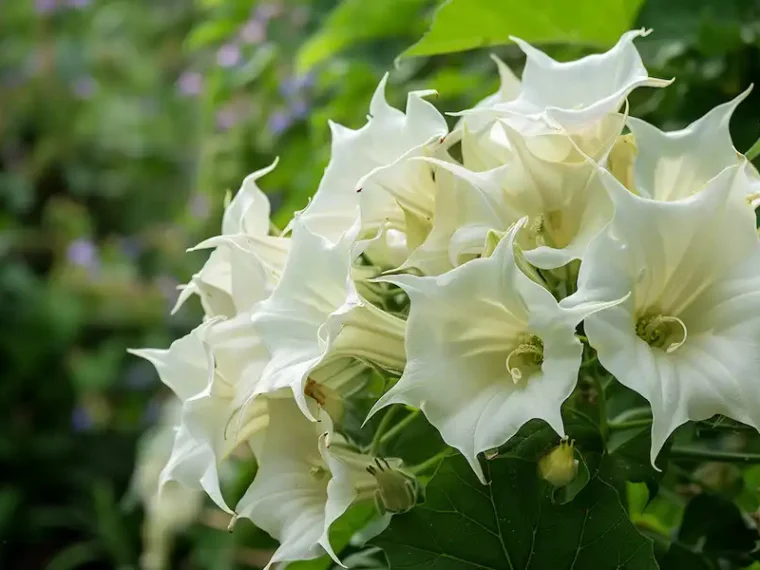While some traditional practices have harnessed the medicinal properties of Datura, it is essential to exercise extreme caution. The therapeutic window for its active compounds is narrow; thus, improper dosing can lead to poisoning rather than healing.
Prevention and Safety
Avoiding Contact
Given its toxicity, it’s advisable to:
- Identify and Remove: If found in your garden, consider removing Datura stramonium carefully. Wear gloves to avoid skin contact and ensure you dispose of it properly.
- Educate Others: Inform family and friends, especially children, about the dangers of this plant.
- Seek Alternatives: If you’re drawn to its beauty, explore non-toxic plants that offer similar aesthetics without the risks.
First Aid for Poisoning
In the event of suspected poisoning:
- Seek Medical Help Immediately: Call emergency services or poison control.
- Do Not Induce Vomiting: Unless instructed by medical professionals.
- Provide Information: Share details about the plant and any symptoms experienced.
Conclusion
Datura stramonium is a striking yet dangerous plant that demands respect and caution. Its beauty can easily deceive, masking the significant risks associated with its toxic properties. By understanding and respecting this plant, we can appreciate its presence in our gardens while safeguarding our health and that of our loved ones. Always prioritize safety and awareness when encountering the beautiful but perilous wonders of nature.




